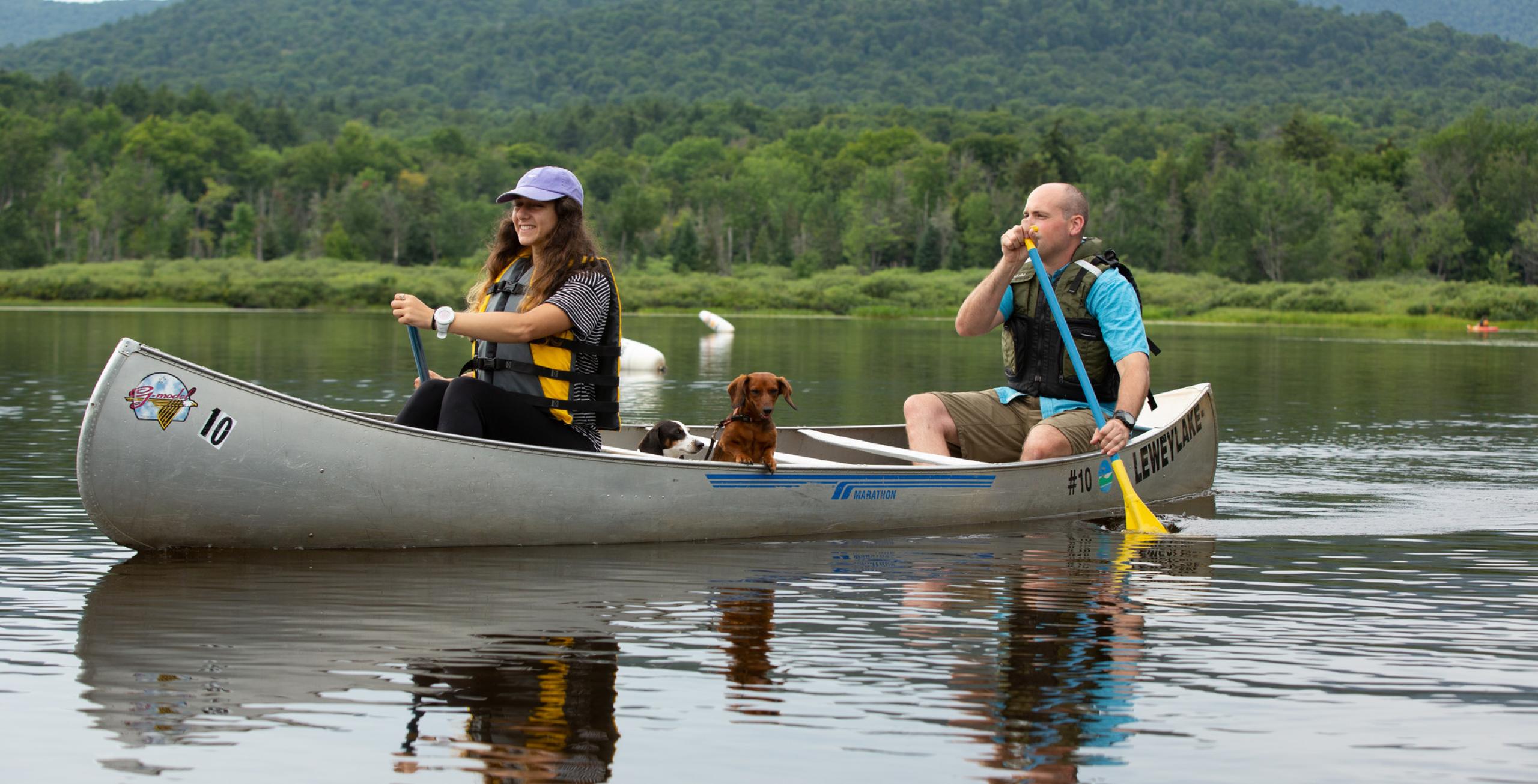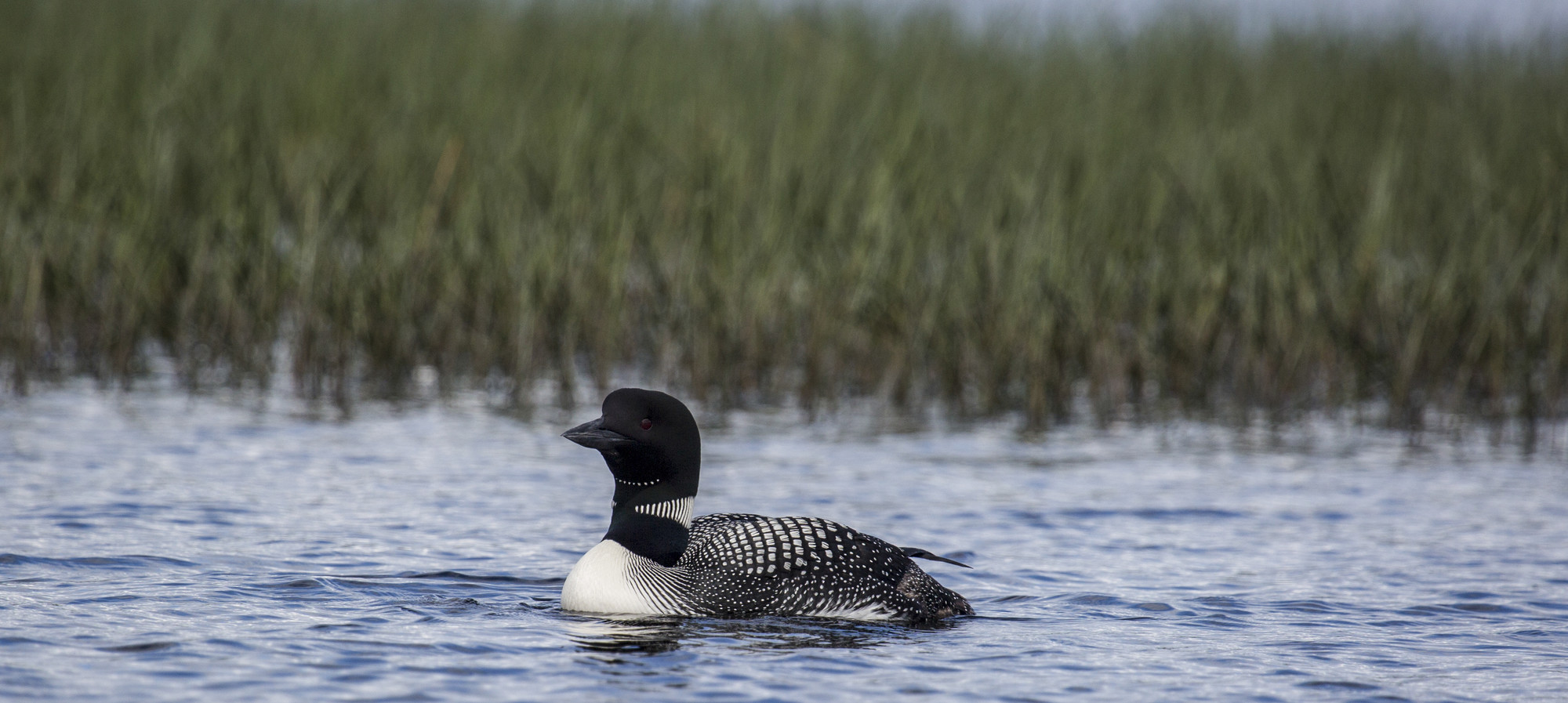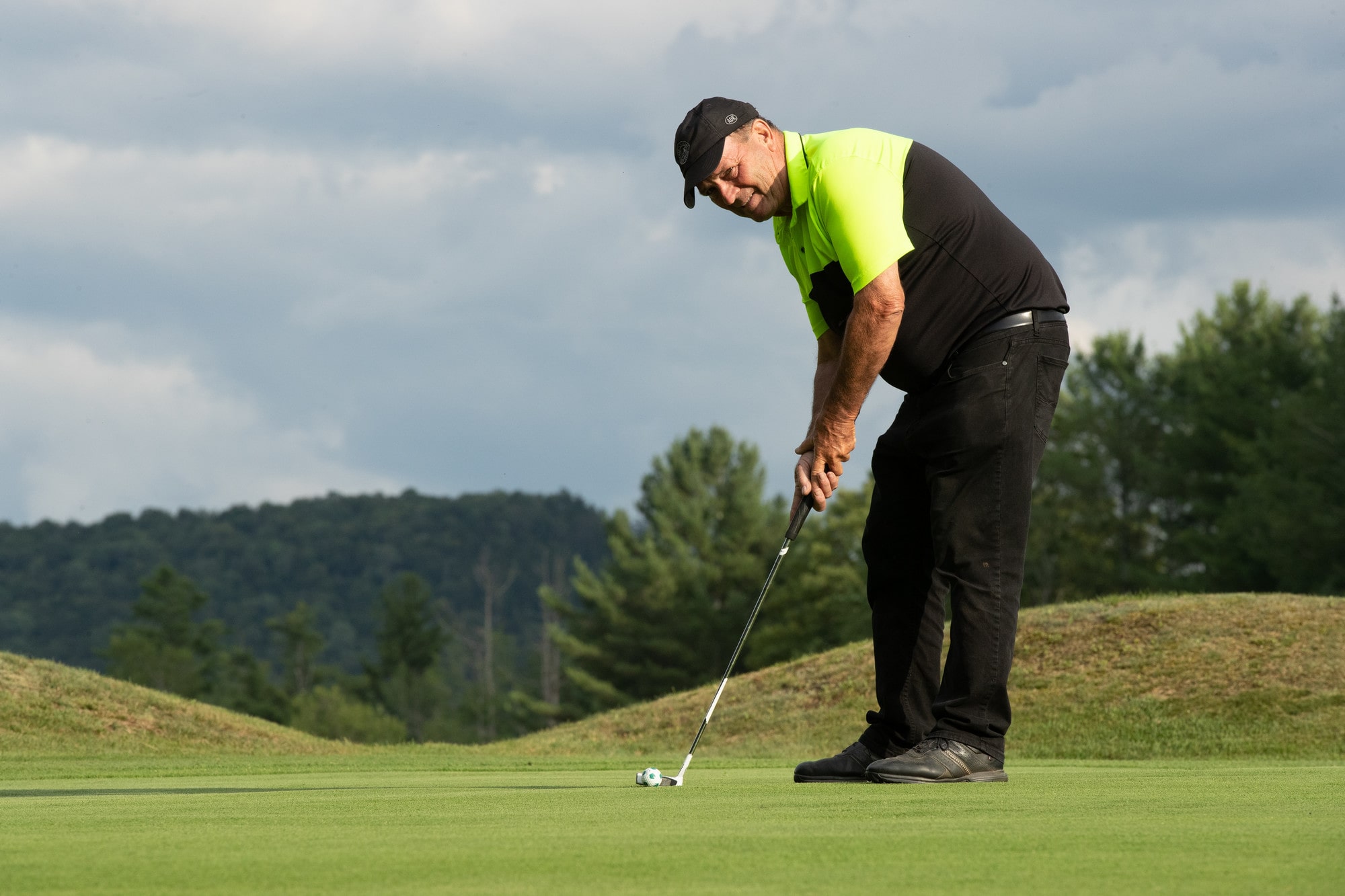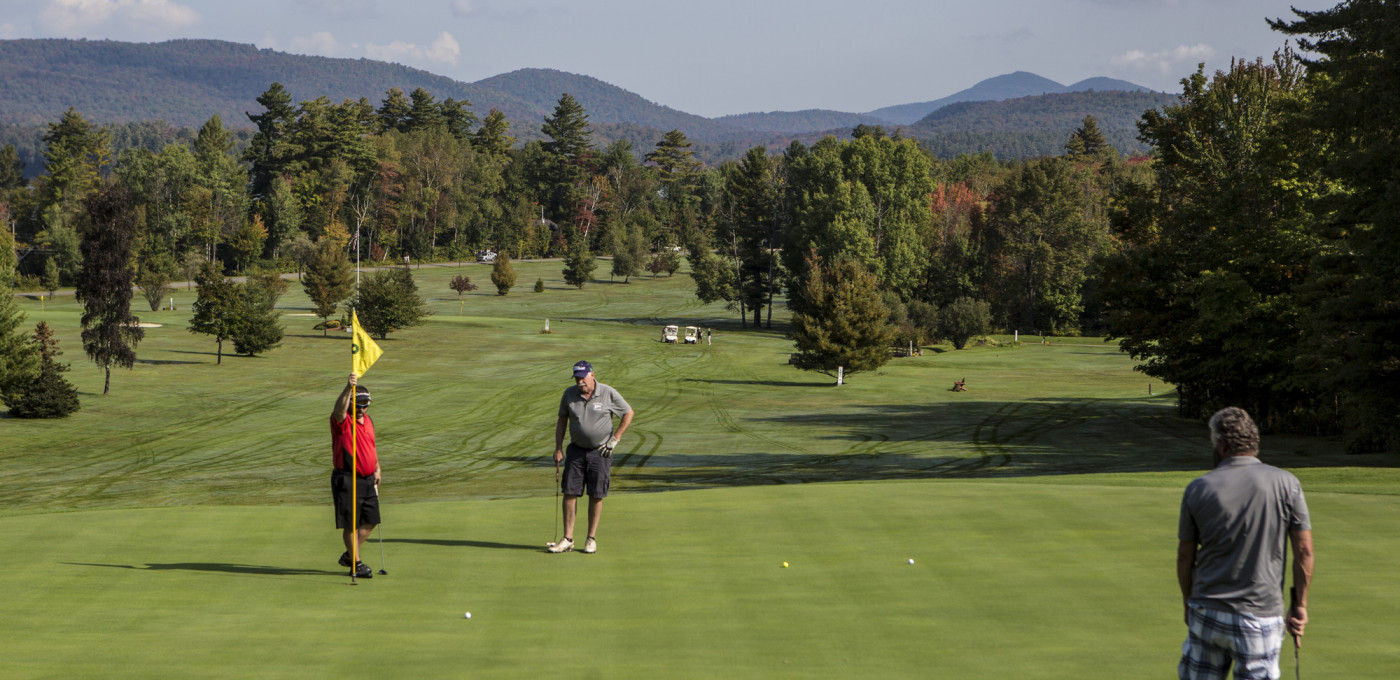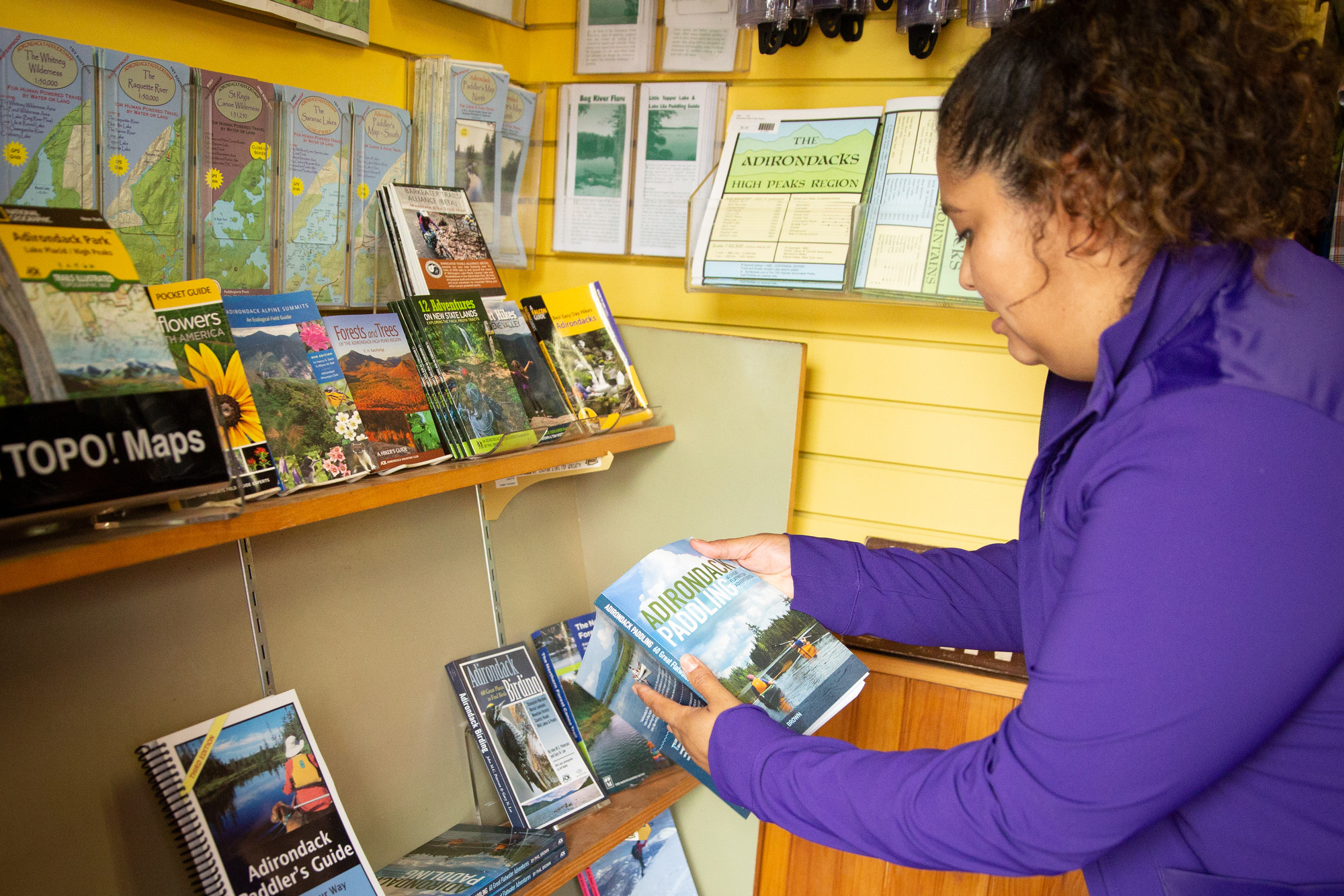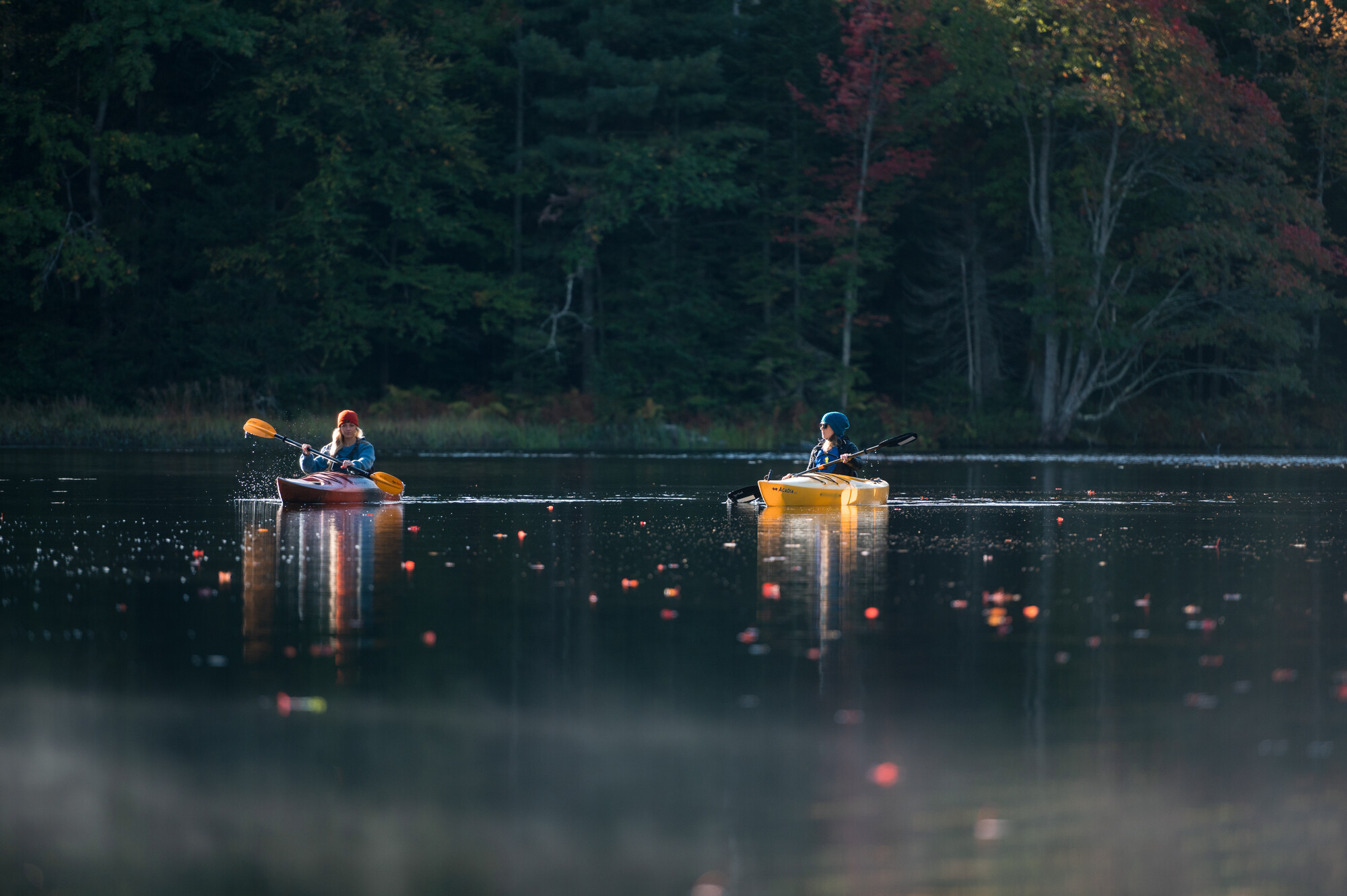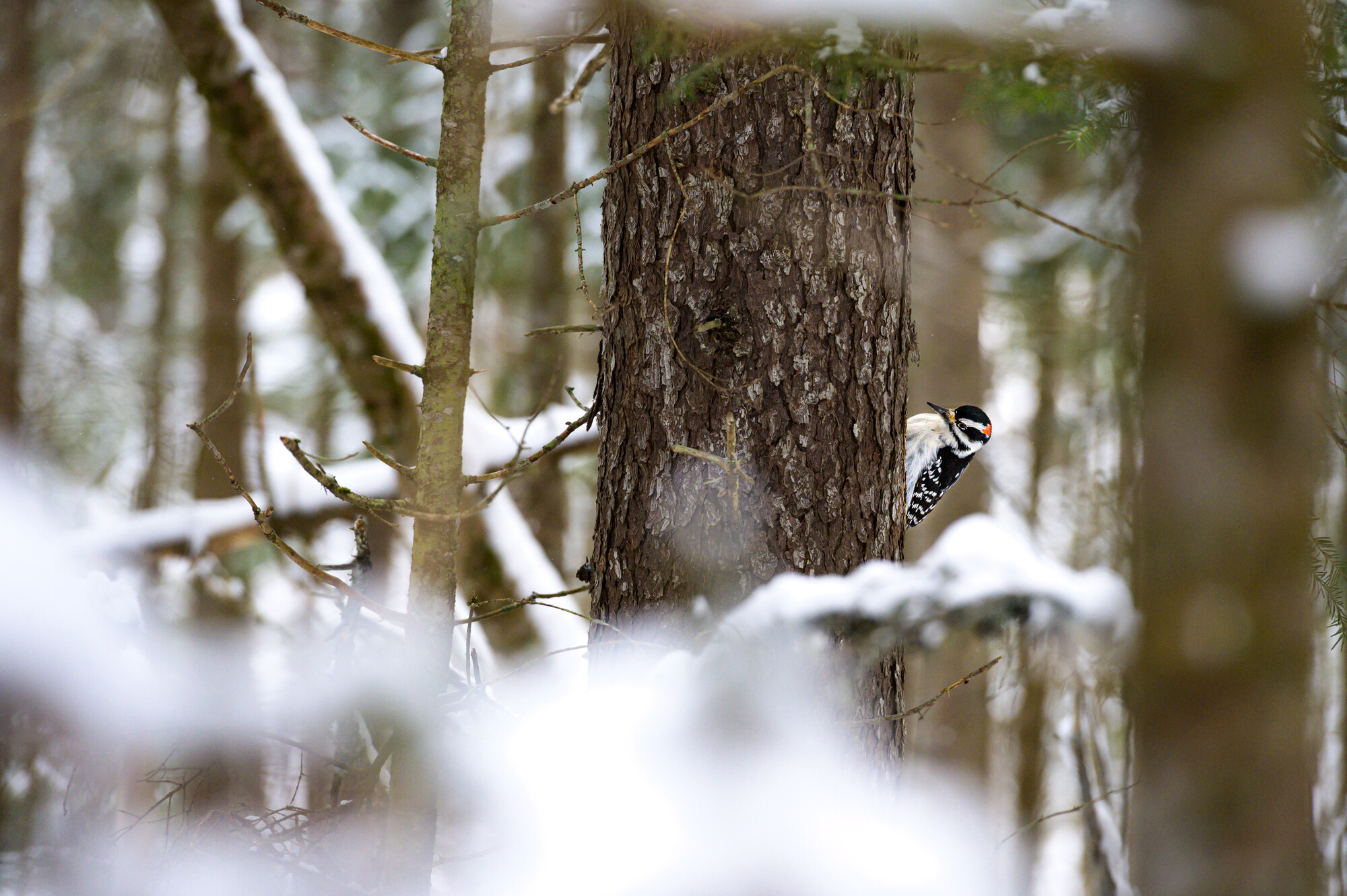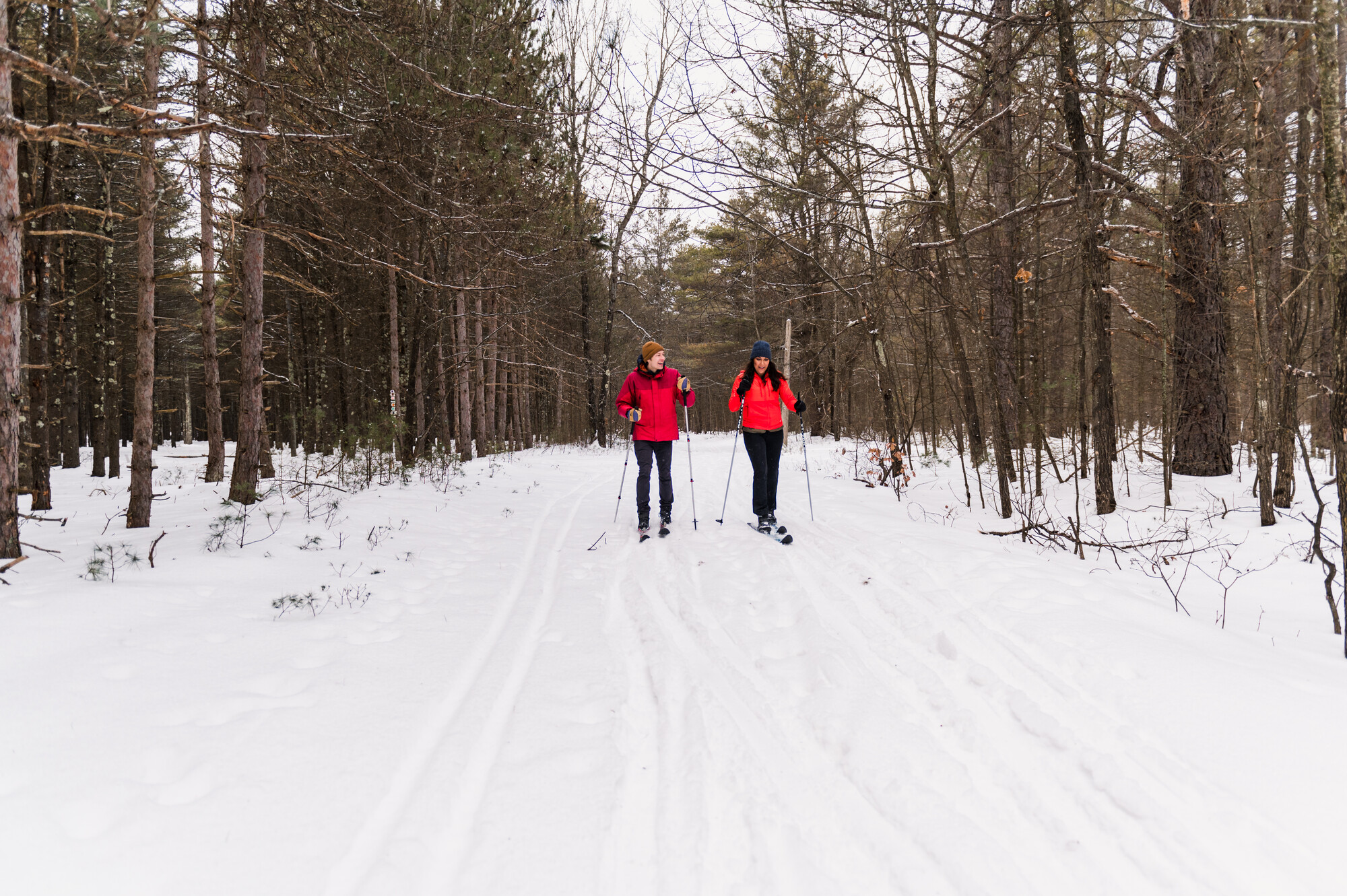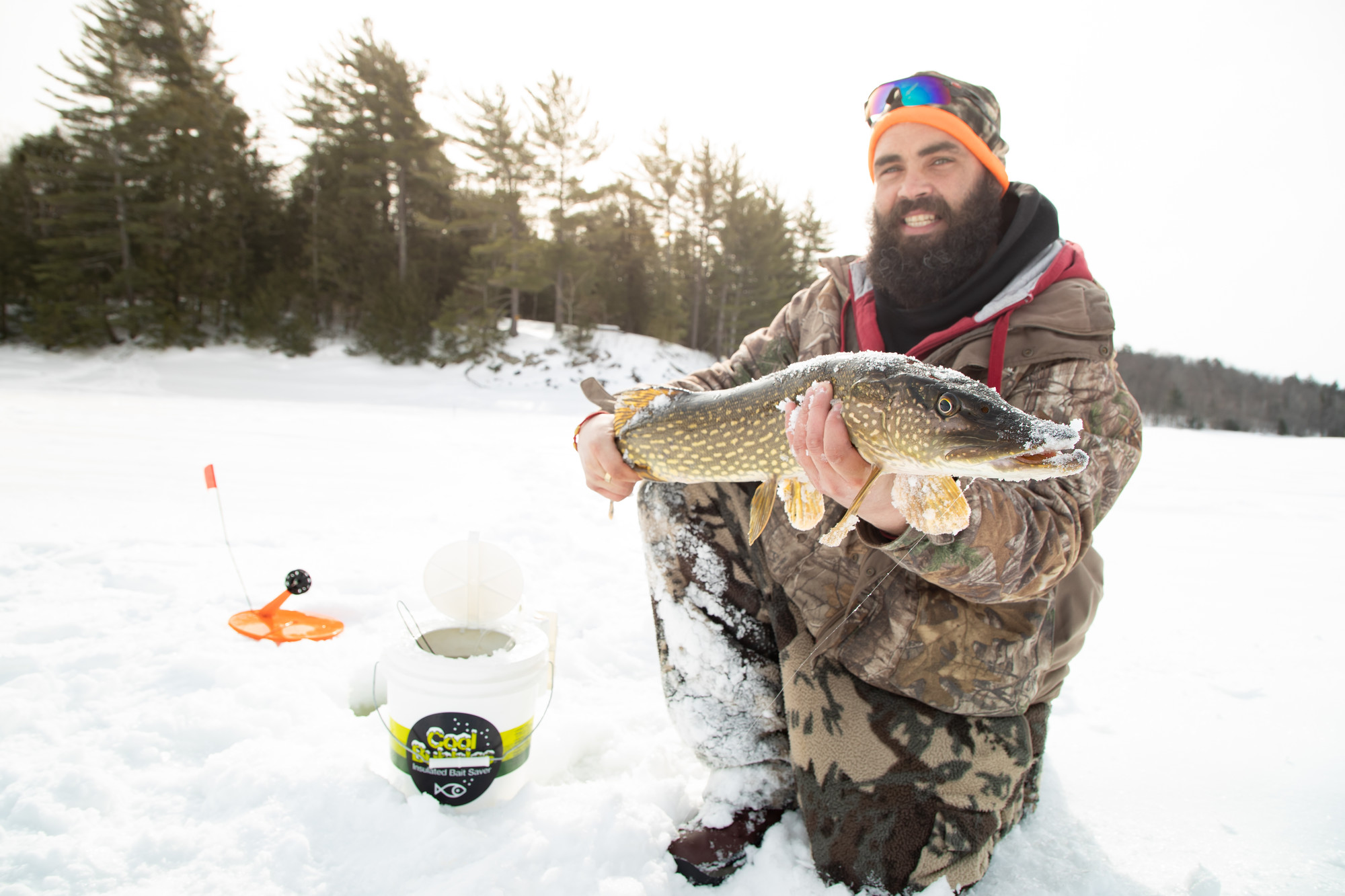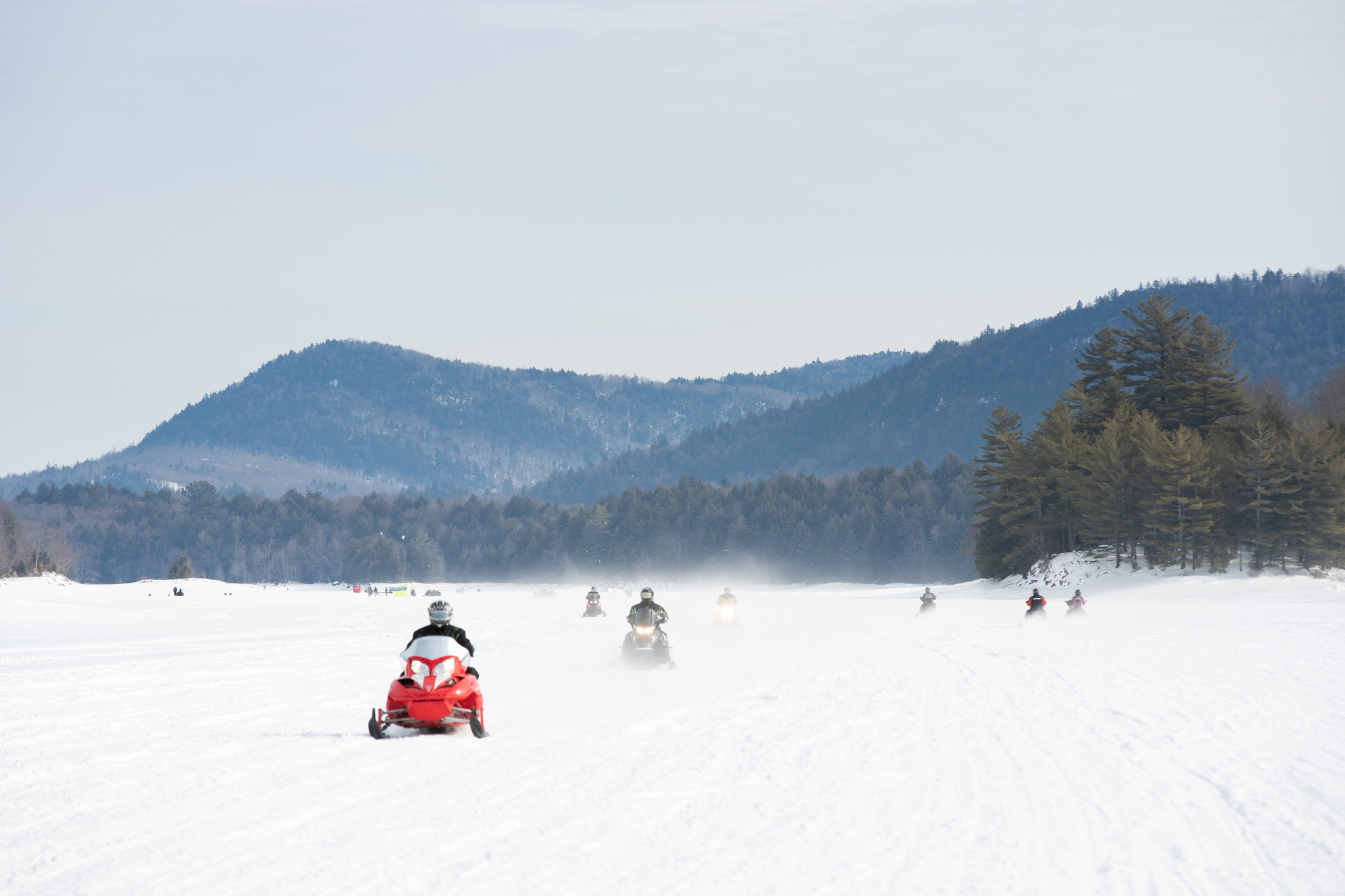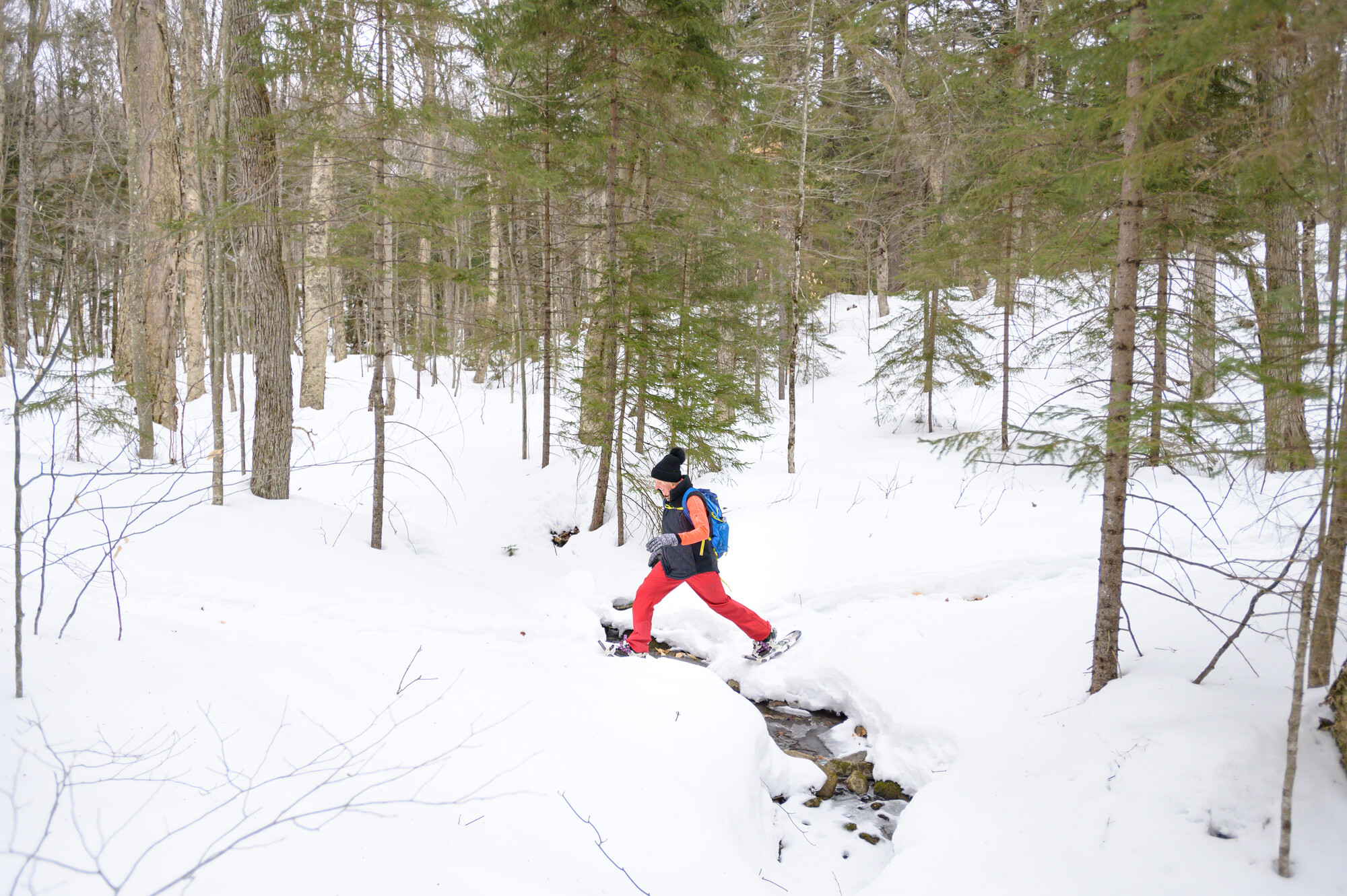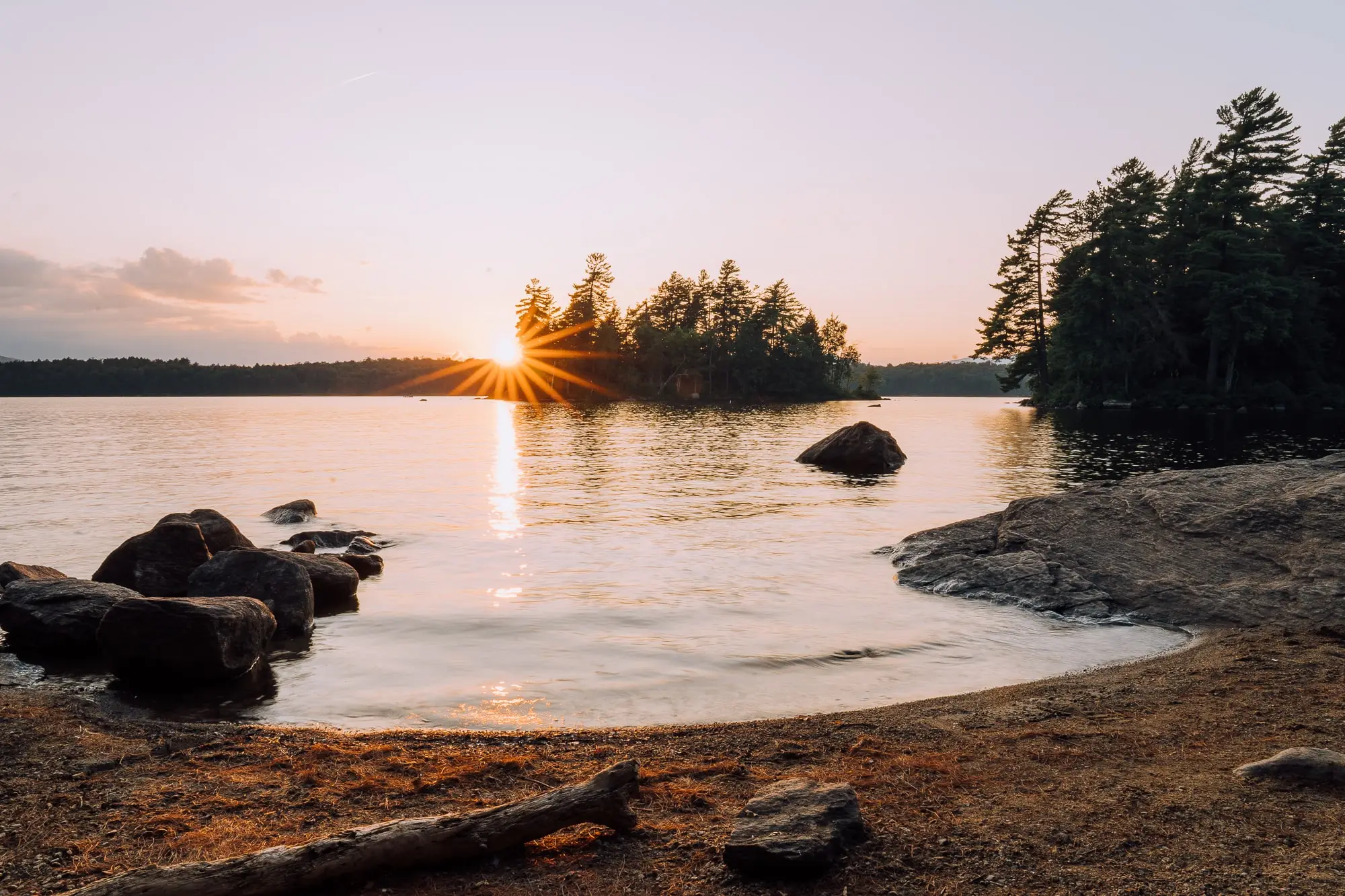Get out and explore
We do outdoors big. Here in the wild heart of the Adirondacks, both vast swaths of wild forests, lakes, and ponds, as well as quaint towns and hamlets, join together to form the perfect getaway spot. “Small towns, big outdoors” is more than a slogan here. It’s a way of life. Whether you're into bikes, hikes, downhill or cross-country skiing, snowshoeing, or birding, we have beautiful, memorable, totally unique spots you won't find anywhere else. Pack up your gear and get outdoors today!

Leave No Trace and Love Your ADK
The magic of the Adirondacks is the result of previous generations taking a long view and protecting the mountains, lakes, and rivers within the Blue Line. That tradition continues today as we support and encourage everyone to practice Leave No Trace ethics, which help protect the lands and waters of the Adirondacks. By taking the Love Your ADK Pledge and practicing Leave No Trace ethics you can help ensure that the forests, waterways, and communities of the Adirondacks remain beautiful and unique for generations to come.


